Last year I wrote about relaxed homeschooling in middle school. I shared our plans for not just last year but the middle school years in general. It was interesting to go back and read it just now to see what worked out and what didn’t. We’re still relaxed homeschoolers in seventh grade. I would still describe our approach as: parent-influenced, interest-led, collaborative relaxed homeschooling. With lots of art supplies.
I always feel a bit hesitant when I write these kinds of posts about our curriculum choices because we live somewhere in the netherland of too much parental control to be unschoolers and not nearly enough structure to satisfy the purists who adhere to a particular homeschooling philosophy. But we do what works for us (and if you care about standardized testing results, it appears to be working).
The truth of the matter is that I simply find something that works that is usually already in the house. I’ve never had the luxury of choosing and buying curriculum (although God has provided in other ways). Almost everything I will discuss below I received one of two ways. It was either to do a review through the iHomeschool Network or the publisher was a client and so we received copies of the things we worked on for them. I basically look at what is on our bookshelves, I order books from the library, I find things online, and I supplement with small and carefully purchased items.
I also hesitate because some of the things we’re doing might seem odd for a middle schooler in that people will think we should have done them sooner and we’re not challenging our daughter enough. But because of some of the 2e challenges we’ve dealt with, there are things that simply weren’t clicking or resonating before now. I’m a big believer that when a learner is ready, things will click along with reasonable effort. So we’re all over the place in terms of doing things that might seem too advanced or too easy. But we’re right where we need to be for our daughter.
In this post I’ll be linking to many other posts that explain what we are doing in much greater detail so I encourage you to click over and see the full explanations. If you aren’t familiar with how we do our homeschooling, David handles the Art and Science that I organize, Gym is done at co-op, and I do everything else. We do our formal homeschool work in the afternoon and evening. We almost never homeschool in the morning.
We also do a lot of additional reading and rabbit trail following that I’m not writing about here. But we’re always learning about something based on conversations, current events, YouTube videos, or whatever. This post simply gives a big picture look at what we are “formally” doing as homeschoolers.
Relaxed Homeschooling Record Keeping
I organize my records using one of my editable homeschool planners (Lavender and Teal this year) and SeeSaw. I wrote a few paragraphs about how we’re using SeeSaw here.
I am still keeping Caroline’s work in acid-free page protectors as I outlined in Organizing Homeschool Paperwork in Binders.
Year Round Homeschooling
I wrote this summer that we moved to year around homeschooling in Living By the Seasons and Homeschooling in the Summer. This was a good choice and one that will continue. Because we are homeschooling year round, it takes so much pressure off me to make sure we “do school” every day. I don’t like that kind of pressure and Caroline really doesn’t like doing school five days a week. We both have too many other interests.
So by doing school year round, we can do school three to five times a week, Monday through Saturday, skip some weeks completely, and get in enough days. We also never stop our momentum by taking off months at a time. I think that’s important for us.
Science
In Middle School Chemistry for Relaxed Homeschoolers, I wrote about our decision to do chemistry this year since it is one area that Caroline had not really explored at all. David and Caroline are still working their way through the Elements book and are watching the relevant TED-Ed periodic table videos. They are truly enjoying it. They do two or three elements each time, depending on the length of the videos.
This has opened up a whole new world for both of them which has been fun. We’re still planning on moving ahead as I outlined in that post when they finish what they are doing at the moment.
Art
We’re continuing to use Art History for Kids. So far this year Caroline and David have completed units on Secret Messages in Italian Renaissance Art, Grandma Moses, The Lascaux Cave Paintings in France, and Japanese artist Katsushika Hokusai (including The Great Wave).
They are taking a break from those kinds of units to read aloud through The Brilliant History of Color in Art. This book is a great tie in with everything they are learning in chemistry.
I’m also mixing in things like this video about The Library of Rare Colors. These are such great ways to pull the topics together and show how relevant chemistry is to art.
So, yes, Art for us incorporates history, science, math and any other subjects that fit with our daughter’s love of and gift for art since we are homeschooling a highly creative child. But bringing the chemistry and art together has been especially fun.
History
I wrote in History Timeline for Relaxed Homeschoolers that we are using the Timeline Trio from Homeschool in the Woods. This is working well and we continue to add to it.
We are reading aloud through the series The Mighty Works of God from the Pilgrim Institute. We started with Self Government – A Child’s History of the United States of America. My goal with this book was twofold. One, to introduce the important idea of self-government and begin to discuss that concept in a deeper way. Second, to practice reading aloud. Reading aloud was a skill we needed to practice due to some of the challenges Caroline has faced. I truly believed she just needed lots of no-pressure practice at this point since we had overcome some of the issues.
It’s gone really well. We take turns reading aloud and she has come amazingly far in just a few months. We’re now in the second book, Liberty and Justice for All. At some point I might use the next books in the series for more in-depth study, but for now they are great content to read aloud and informally discuss.
Bible
I’m reading aloud through The Children’s Bible in 365 Stories. My goal with this is to give Caroline the big overview of the major themes and stories in the Bible. Because of all the church stuff we’ve gone through, she never went through Sunday School, Junior Church, and AWANA type programs so she missed out on having that naturally built into her childhood experience.
We’ve read through many different story Bibles through the years, but haven’t done one that hits all the major stories like this that includes some of the judges, prophets, etc. So we’ll go through this one and then I’ll decide what we should do next.
We’re also studying how the Bible is organized and the various types of books. Memorization is challenging for someone like Caroline whether it is the books of the Bible or math facts so we’re using lots of visuals to make it easier to remember.
Cursive Handwriting
We’ve tried cursive numerous times in the past and it was never the right time. (Caroline has dysgraphia.) I am thrilled to say that it’s finally the right time and she enjoys it. We’re using the handwriting worksheets in my shop.
Writing
This is the first year we’ve used a formal writing program. We’re using WriteShop Junior Book D right now. I’m picking and choosing what to do with it. We’re definitely not doing the entire program step by step. We’re especially going through the Fold-n-Go Grammar Pack to review the big concepts that we’ve never formally studied. Once we do what we need in Book D, we’ll move on to Book E and Book F (which we already own) and use the parts we need.
I wrote more about how we’re using WriteShop in WriteShop for Homeschool Writing and Gifted/2e Learners.
Reading and Read Alouds
We’re not doing a formal reading program. We’ve never done a spelling program and she’s an excellent speller. We do read alouds as a family and we do tons of reading and discussing in every other subject.
In fact, you’ll notice that we do a LOT of reading aloud. That’s because reading aloud and videos are the best way for Caroline to learn. I anticipate this will continue for some time.
I am considering having her go through The Chronicles of Narnia again with us as read alouds and using the 7 Sisters C.S. Lewis Literature Series Guides with her. Not in a high school kind of way, but as an informal way of getting her to start thinking more deeply about literature with a series she already knows and loves. (David read it aloud to her a couple of years ago and we’ve talked about reading it again.) So that’s in the back of my mind for the winter.
Math
Ah, math. We keep moving along. We’re seeing progress, but this dyscalculia thing makes it complicated.
Music
We haven’t been doing anything formally with this lately. Now that we have SiriusXM in the car, we listen to Symphony Hall all the time. We discuss composers and styles of music and such. It’s interesting that Caroline’s love of the Star Wars movies has led her to enjoying classical music. She really likes the John Williams soundtracks and they moved her naturally into an interest in classical music. Amazing.
The Other Stuff
Caroline is involved with other things outside the home including volunteering, free classes, etc. I’m not going to get into those details except to say that they all meet specific needs in her life and provide lots of fun outlets.
So that’s what we’re doing right now. I might do an update mid-year or share again if things change substantially. We really love relaxed homeschooling and it’s the right fit for our child and our family. I’m so grateful we can do this. I truly shudder to think what life would be like for Caroline if she were forced to attend a traditional school where everything is done in the worst possible way for her particular gifts and struggles. It’s truly worth all the sacrifices to see her happy and engaged with real and meaningful learning.
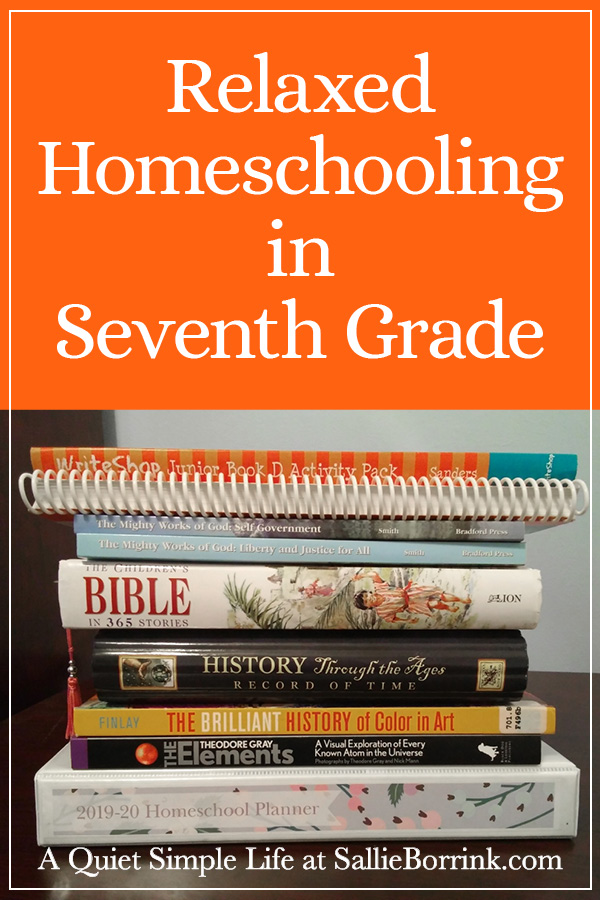

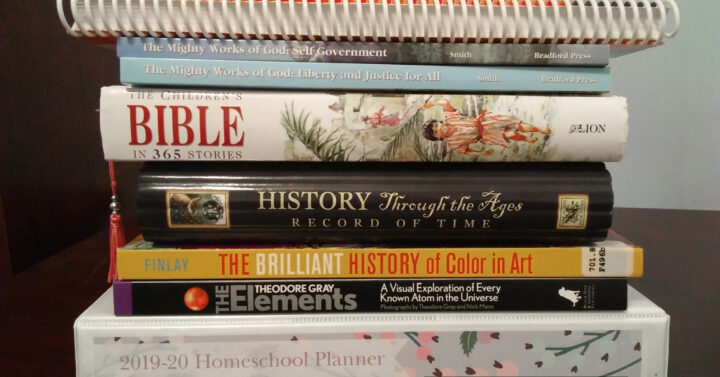

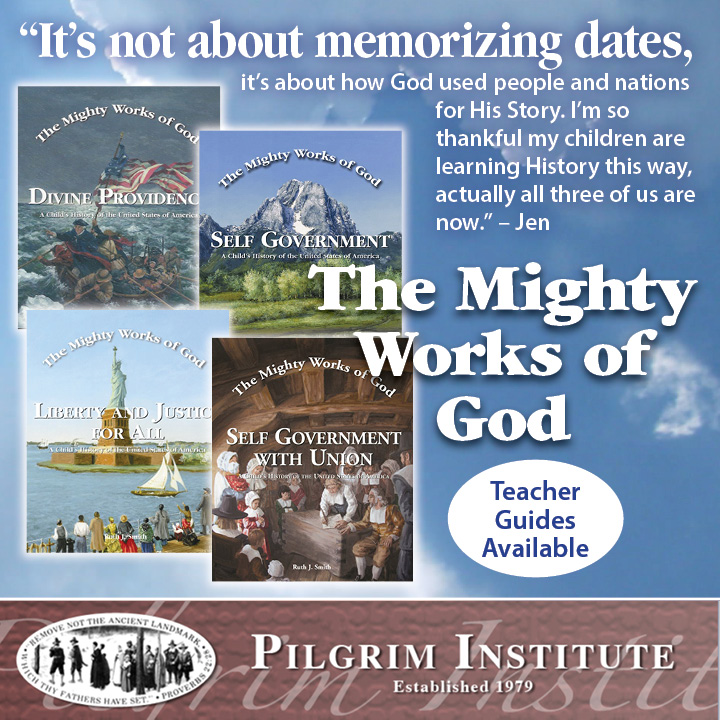
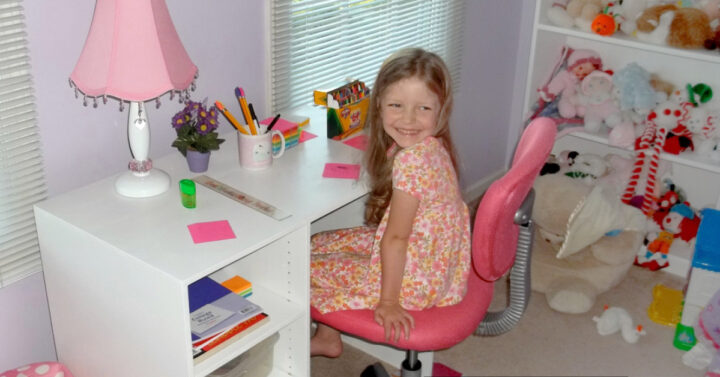
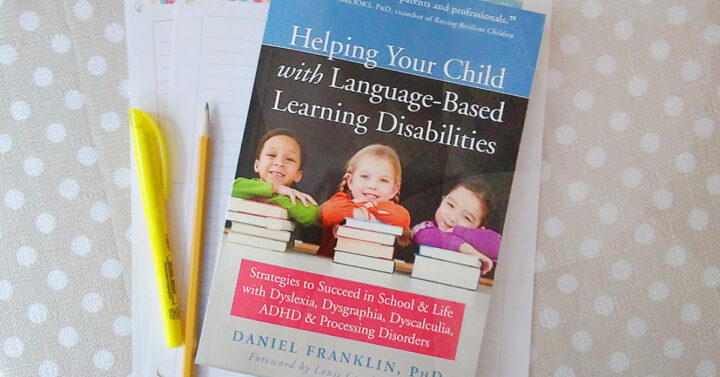
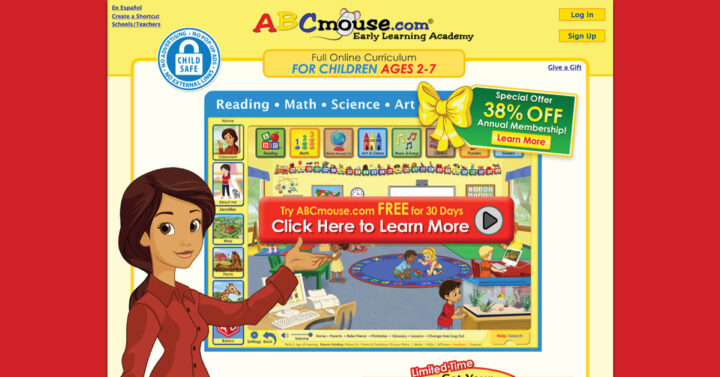
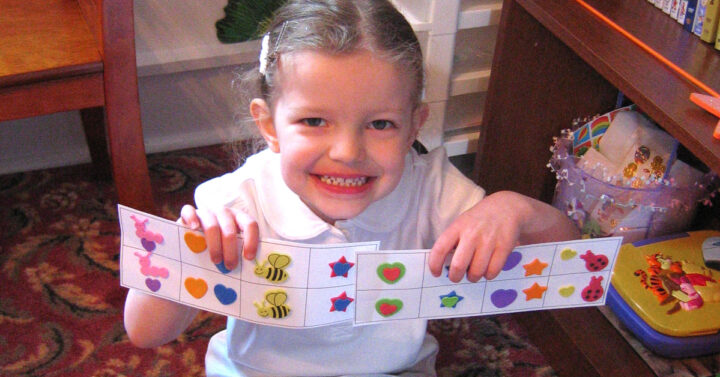
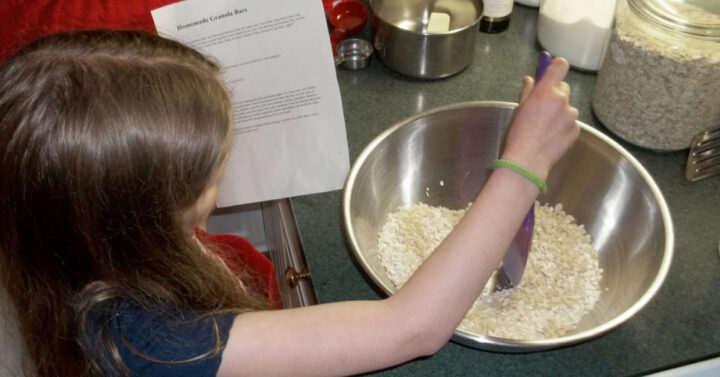
 In Our Cozy Home This Week No. 1 – Home Inventory, Organize Christmas, Special Diet Foods
In Our Cozy Home This Week No. 1 – Home Inventory, Organize Christmas, Special Diet Foods
Very interesting post, sounds like a rich homeschool feast that you’ve got going! We are only getting started, but I suspect my son may have dysgraphia. I have bookmarked your blog for reference. We have gone through a lot of turmoil with our church situation lately as well, and the kids mainly just play during the church service as we don’t have a Sunday school teacher (long story). We use the Egermeier Bible Storybook at home and my kids love it.
Hi ElizabethS,
I wasn’t familiar with the Egermeier Bible Storybook so I had to look that one up!
If you think your son has dysgraphia, I encourage you to look into it as soon as you can. We did as soon as we were able to ($$$) and it’s working out fine in the longrun. But I think it would have been even better if we had been able to address it sooner.
Thank you for taking the time to comment!
Sallie
I would dearly love to know what you used for math. I have a kiddo with dyscalculia.
Hi Kathy,
We have tried all sorts of things. We have never found anything that worked over the long term. We are completely charting our own path in this area.
After Caroline has graduated, I plan on writing more in detail about our experience with dyscalculia. But right now I don’t feel comfortable doing so. I know that doesn’t help you now, but until we get to the end point, I don’t feel comfortable writing about it beyond general ways.
I hope that makes sense.
Sallie
I will add that we are not preparing for four year college admissions so we have many options available to us in terms of her completing a high school education. If she had her heart set on going to a four year college right out of high school (especially a competitive one), it would take this challenge to a completely different level (and it is already challenging enough).
So if you are going for competitive college admissions with dyscalculia, then I don’t know if I will ever be helpful in that regard.
Sallie